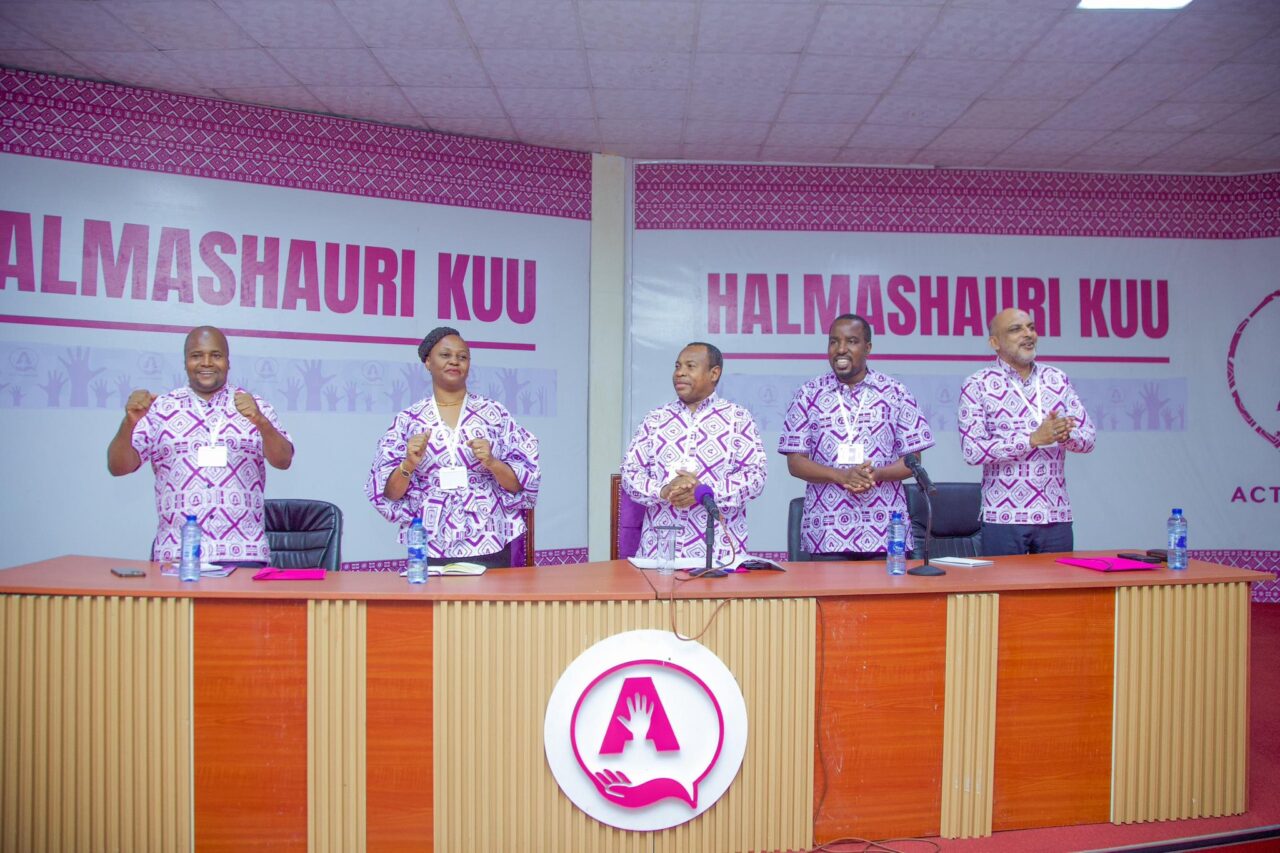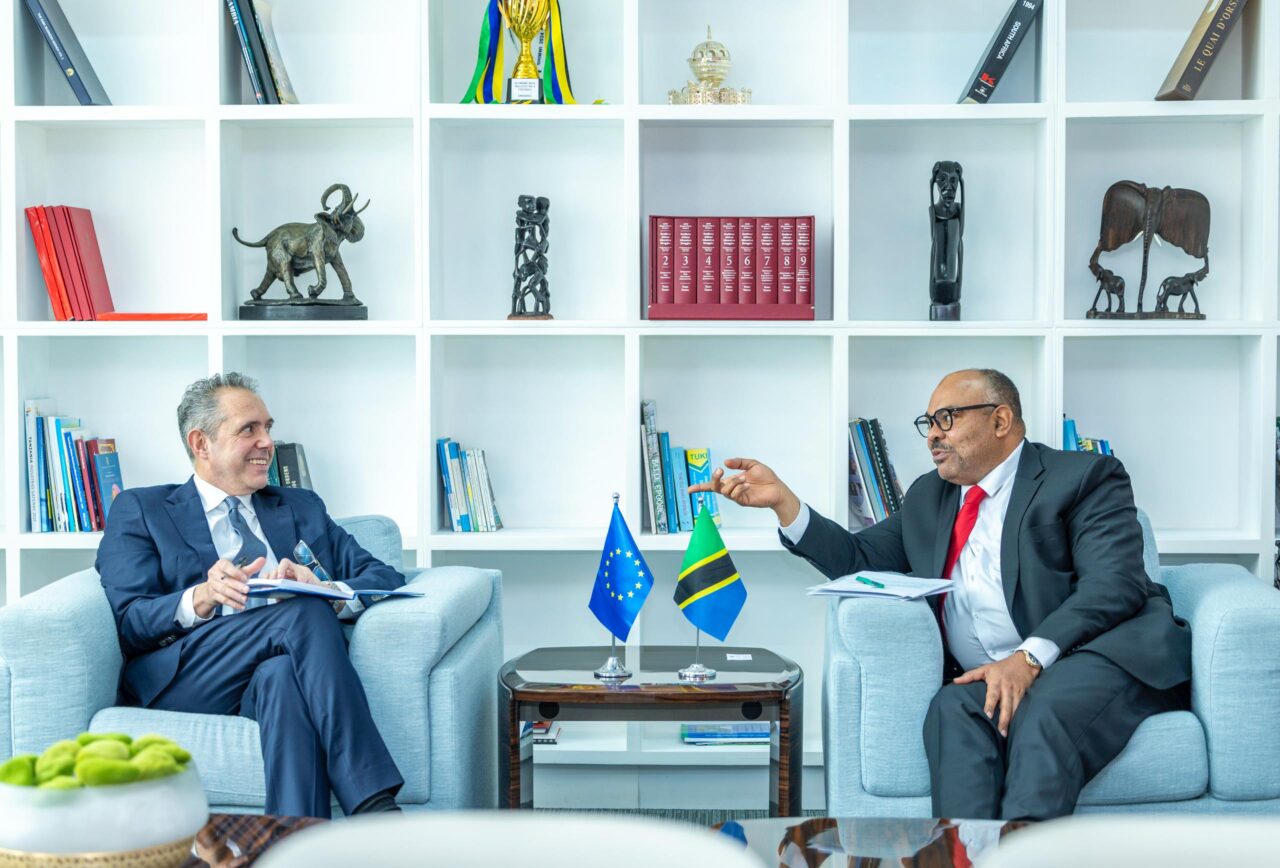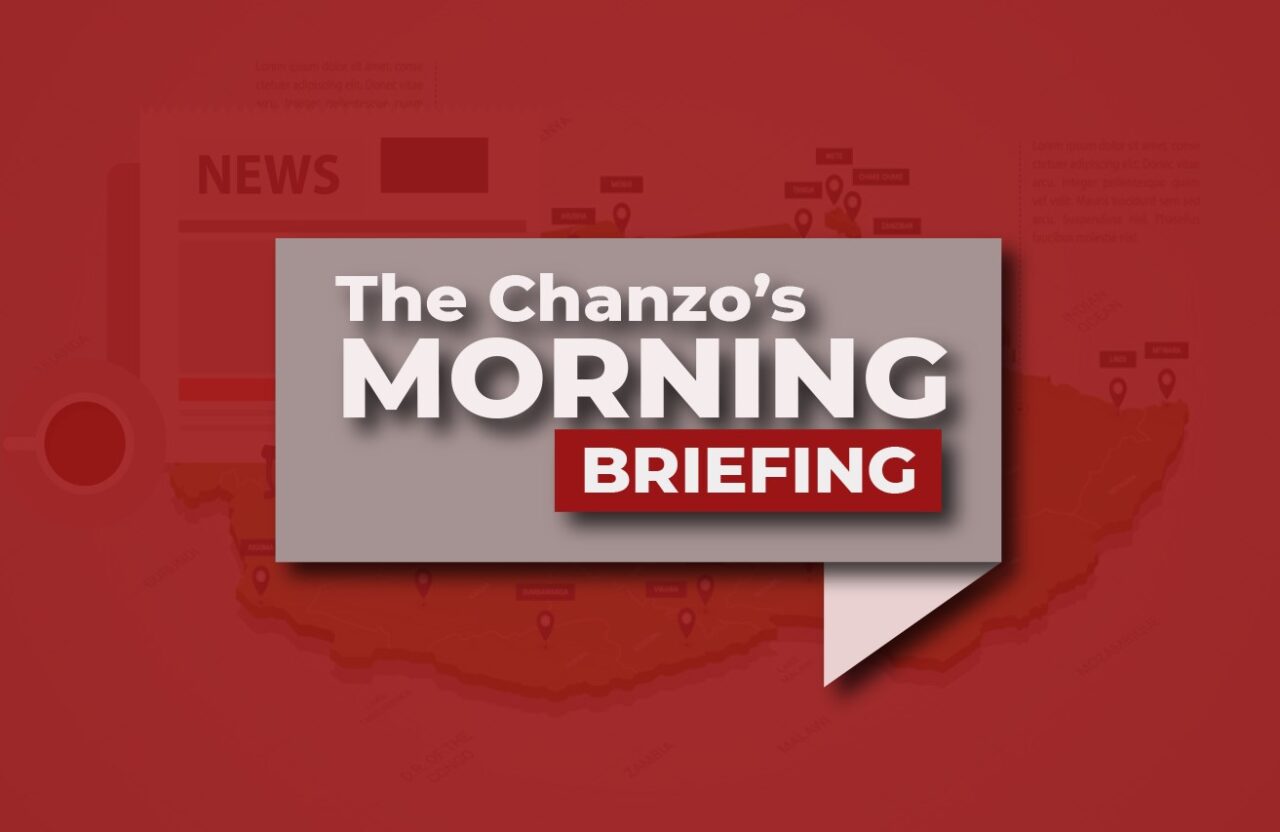When examining government projects, differentiating legitimate projects from fraudulent ones demands keen observation. Identifying patterns in dishonest deals allows us to unveil their true nature and take necessary corrective measures before falling prey to well-laid schemes.
The first time I saw the anatomy of a corrupt scheme before it morphed into a public scandal was in 2015. Dege Eco Village was going to create the first modern neighbourhood in Tanzania. I was exuberant about the idea.
Yet, when a seemingly innocuous post surfaced in one group, I could clearly see the game being played. I reasoned that I would not have approved that deal in a million years.
Questionable deals often exhibit five distinct features: simulated urgency, avoidance of procurement processes, illusion of value, opportunistic exploitation, and bad contracts. These tactics have wreaked havoc before – we need to comprehend them well, apply them to the DP World scenario, and learn from the results.
The first feature is urgency. That is a cloak under which corrupt contracts happen, as seen in the IPTL, Richmond, and Dege projects. By delaying sensible alternatives, crises get created to divert public attention from such projects.
IPTL came through the back door of addressing power shortages through droughts, but no one told us that if the much more sensible Songas project had not been delayed, no power shortage would have occurred.
The second telltale sign is bypassing procurement procedures, as exemplified by TICTS, Dege, Radar, IPTL, SGR, ATC, and Richmond projects. Because no requirements are set, and all viable alternatives are dismissed, anything becomes possible.
In the case of Dege, had NSSF followed the set standards, they would have avoided all the mistakes committed. But that wasn’t the idea, was it?
READ MORE: Samia Defends Controversial Tanzania-DP World Deal: ‘A Rare Opportunity’
The third feature is the illusion of value creation. The idea is to conceal the manipulative intent behind the project. We were sold the British radar deal in that manner. Tanzanians were told that the expansive radar was to serve the whole coast from Tanga to Mtwara.
But the idea was faulty – with such a technical design, the Tanzanian coast would be vulnerable whenever any technical fault occurred. And what do you think—that the radar functioned faultlessly for years?
The masterminds cleverly disregarded the solution for multiple smaller, overlapping radars that provided redundancy and went for an option that cost the nation dearly but also undermined national security.
Low-hanging fruits
The fourth feature is that the makers of corrupt deals often target low-hanging fruits. That is what happened to TTCL in the early 2000s. Immediately after TTCL had invested significantly in developing its infrastructure and set aside substantial cash reserves, foreigners arrived. No further investment was made, and performance did not improve.
Similarly, DART echoes this exploitative approach: once significant work had been done, ‘investors’ were brought in to purchase buses, collect bus fares, and manage bus timetables.
READ MORE: Will DP World Issue Influence Tanzania’s 2025 Electoral Politics?
I expect that the Emirati DART’s investors will use the funds collected here to do what they promise, similar to how Richmond, NBC, TANESCO, DAWASCO and others have done so in the past.
The fifth feature is flawed contracts. Flawed contracts get crafted to entangle the nation in permanent obligations at the risk of substantial penalties. These contracts are not accidental – they are designed to ensure that the nation pays whatever the cost.
That’s why even when Tanzania dares to break as stupid a contract as Symbion’s, it still must pay them US$153 million. The ancients were onto something: kikulacho ki nguoni mwako!
Red flags raised
When we use this model to examine the DP World deal, all sorts of red flags are raised. Simulated urgency— tick! Disregard of procurement processes – tick! Flawed contract—practically all commentators outside the government and CCM agree here—tick! Investment direction conflicts with the port’s actual needs—tick! The illusion of value is created – tick!
A former senior government executive and an expert in port management has identified the following areas as needing investment at the Dar Port: the relocation of the Kurasini Oil Jetty to Mji Mwema, the construction of new Container Berths 12 and 13, the construction of additional areas for storing containers, and the expansion of Mandela Road.
The DP World deal is peculiar because it focuses on areas where TPA has already made significant investments rather than directing funds towards the port’s areas of greatest need. That includes the one trillion shillings invested through the Dar es Salaam Maritime Gateway Project (DMGP).
Similarly, concerning the problems that DP World will supposedly address – I think these are allowed to persist only to be used as a justification for DP World. Why are people not ashamed to tell us that DP World is coming to integrate TRA and TPA systems and improve waiting times and dwell times?
No guarantee
That said, the arrival of DP World wouldn’t guarantee a solution. The experiences of TICTS, where profits crashed by 10 billion to 0.04 billion in two years while TICTS was making a killing, indicate that there is a huge risk being taken.
The adage is – if it swims like a duck, moves like a duck, and quacks like a duck, then it is a duck. The ‘anatomy of the scandal’ accords us a failproof method of recognising potential wrongdoing well before the scandals become public.
READ MORE: DP World Port Deal Put Tanzania’s Ruling Party CCM in a ‘Survival Mode’
In the case of DP World, we know we will read these things in future CAG reports, but no one should ever claim that it was not plain for us to see.
I think there are elements within and without the government that are advising Mama Samia inappropriately. If I had been able to meet the president, I would have pleaded with her to end this deal immediately. We should not give such a strategic resource to competing nations.
Everything that the president needs to happen can happen under local management. On the contrary, Tanzania risks losing substantially financially and economically in the DP World deal. I still think that that is not a sin that this president is comfortable living with.
Time will tell.
Charles Makakala is a technology and management consultant based in Dar es Salaam, Tanzania. He is available at makakalajr@yahoo.com. These are the writer’s own opinions and do not necessarily reflect the viewpoint of The Chanzo Initiative. Want to publish in this space? Contact our editors at editor@thechanzo.com for further inquiries.





One Response
A good and hard-hitting article. Some of us believe that it is the quality of corruption in Tanzania that prevents development from taking off. Our TOP LEADERSHIP sell their souls promoting unnecessary, overspecified and ludicrously overpriced projects, seeming not to care that they are undermining key areas of state responsibility. IPTL, Richmond and Dowans cost this country percentage points of GNP. Unless this latest deal can be put on hold, then we can fear the worst for the rest of Mama Samia’s Presidency. This is her chance to respond to public concerns in a statewomanly fashion and sack a minister and an advisor or two.